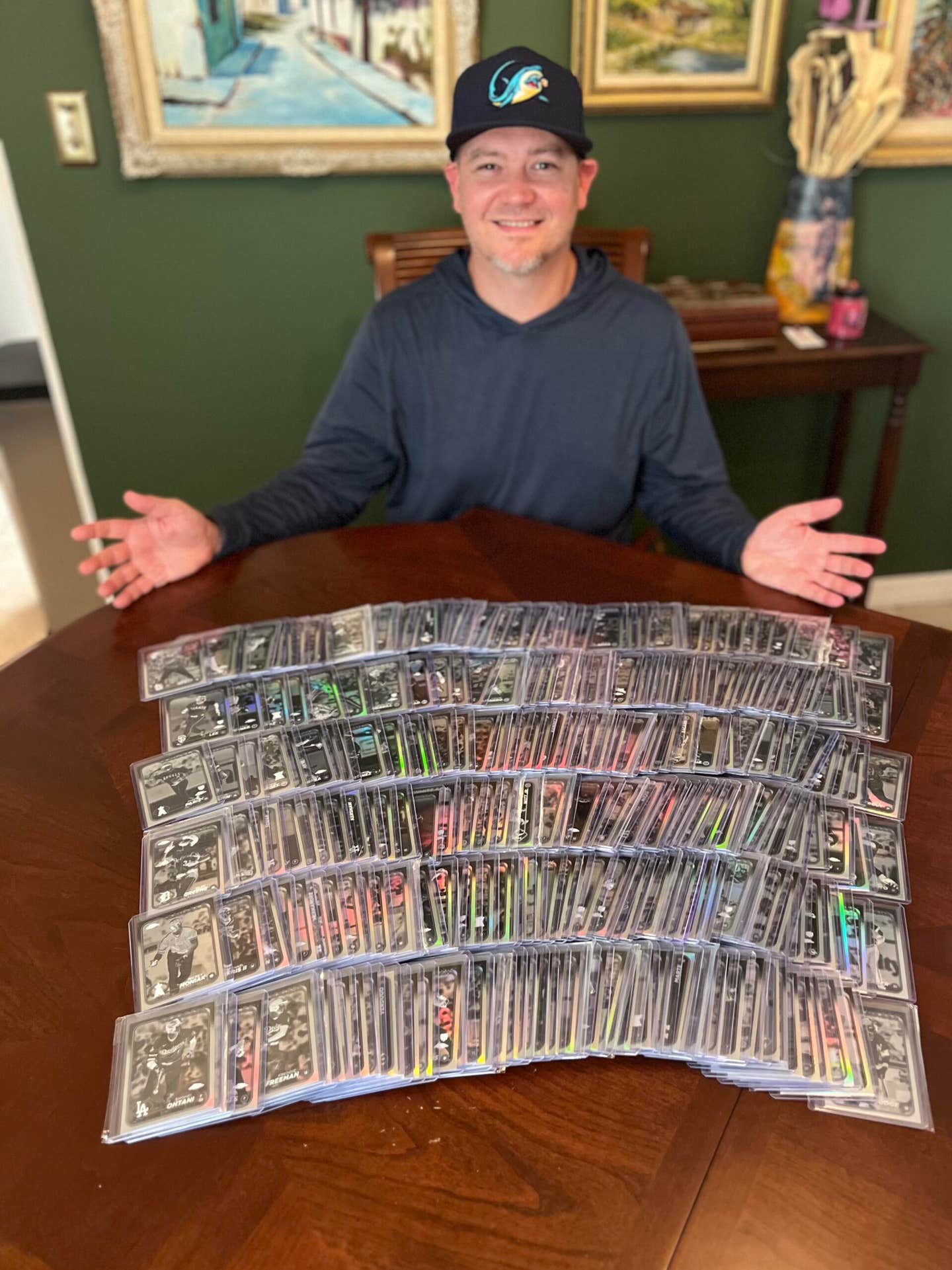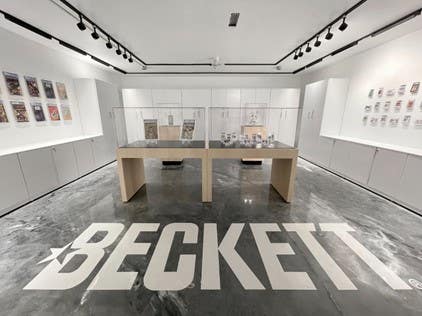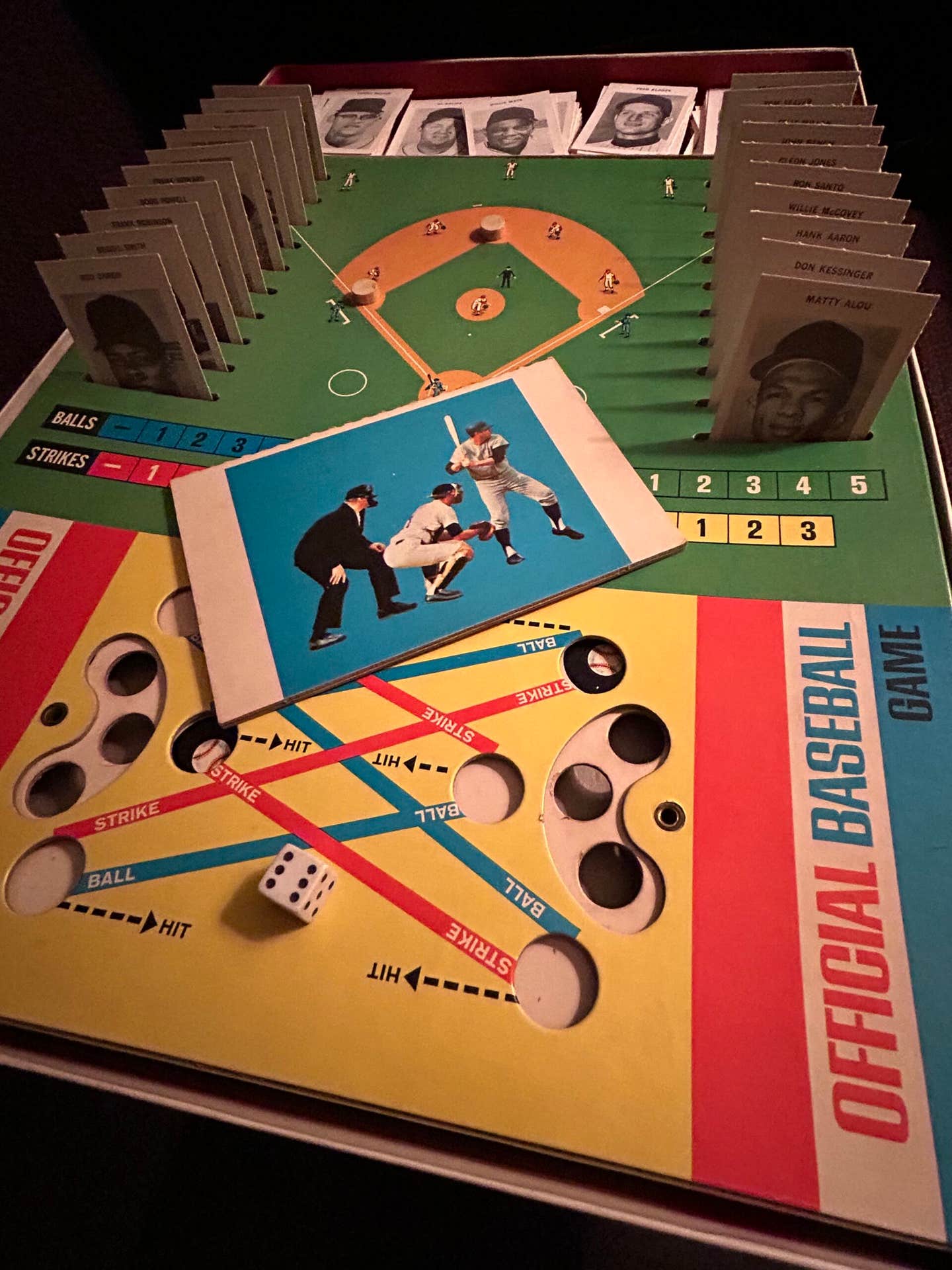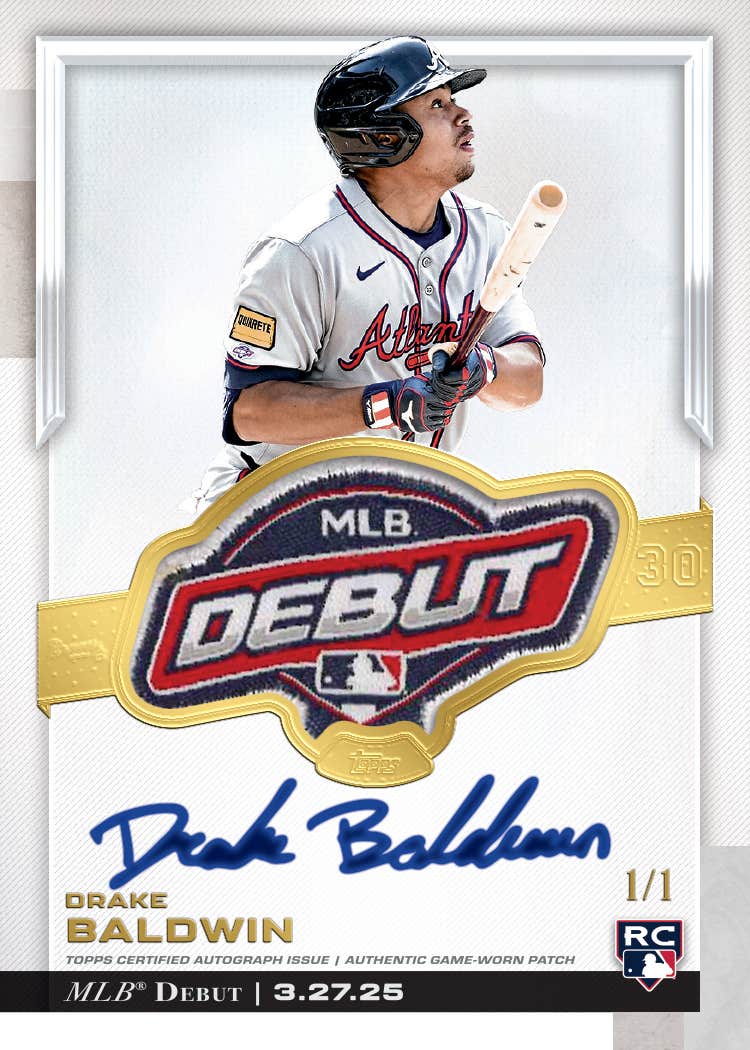Cards
Revisiting the 1969 Topps set
By Keith Olberman
The mysteries of Topps’ eccentric photo choices in its 1969 Baseball set, listed here several issues ago (June 4), hinge on a fact that few people outside the company (and only a couple in it) know: Topps did not take any new photos of major league players in 1968.
By that spring, the company had been shooting its own images of players in big league parks since 1956, and in spring training since at least since 1959. But for 1968 – and only 1968 – not a single photo of a major leaguer was snapped.
This could’ve easily been a result of the efforts by the then-new executive director of the Players’ Association, Marvin Miller, to wrangle more money and a union-wide deal from Topps by getting the players not to pose for any more shots. There also may have been a calculation that with expansion coming in 1969, no matter how many new photos were taken in ’68, the company would still be stuck producing as many as 100 cards of guys in outdated uniforms, to say nothing of perhaps just as many rookies suddenly thrust up from the minors to replace the veterans drafted by the expansion teams.
Thus the Topps photography budget in 1968 was spent shooting the players of the International and Pacific Coast Leagues, mostly in Syracuse, N.Y., and Spokane, Washington (although some photography was also done in Louisville, Toledo, and Vancouver).
I got to extensively examine the since-dismantled Topps photo archive in its New York headquarters over the course of a couple of years, and it was filled with packets of negatives of the Triple-A players of ’68 – and not a single such packet of any major leaguer of the same year.
Thus through the first four series (Nos. 1-425), every Oakland A’s player is shown in either an airbrushed Kansas City uniform, or that of some other team. The fact that Topps didn’t at least shoot the newly-relocated franchise even though it meant so many out-of-date photos supports the theory the Union was holding out.
In any event, those minor league photos populate the first four series. There are 24 Rookie cards showing 48 players. Fully 20 of them are shown in minor league uniforms, and on five cards both players are in bush league garb. The No. 189 Red Sox Rookies is typical: the shots are cropped so closely that you can’t tell it, but Joe Lahoud and John Thibdeau are both wearing Louisville Colonels uniforms (an irony for Thibdeau, who never actually got into a big league game).
The rookie card of White Sox third baseman Bill Melton (No. 481) actually shows him in the uniform of the Yankees’ top 1968 affiliate, the Syracuse Chiefs, to whom he had been loaned by Chicago. The photo, and many others taken in Syracuse (No. 49 Steve Jones, No. 66 Merv Rettenmund, No. 82 Richie Hebner, and No. 114 Alan Closter and John Cumberland, as examples) were actually snapped inside the clubhouses at MacArthur Stadium, presumably to avoid showing a minor league park in the background.
The collector of the ’69 Series will point out that while countless players traded in the winter of 1967-68 are still shown in their ’67 uniforms (Jim Bunning, Denny LeMaster, Tommie Agee), there are at least a dozen players who could not possibly have been photographed in the uniforms on their ’69 cards any later than 1968. There is evidence in the Topps archive that these shots were taken by third-party photographers (indeed, the files contained prints of the shots used on No. 437 Luis Alcaraz and No. 477 Jeff James, with the familiar stamp of Chicago photographer George Brace on the back).
Other photos apparently purchased from outside sources are used on the cards of Freddie Patek, Bobby Cox, Jerry Johnson, Reggie Jackson, Vicente Romo, Ellie Hendricks, Sparky Lyle, Del Unser, Ken Boswell, Gary Waslewski, Earl Weaver, and even the infamous Aurelio Rodriguez card (which actually depicts an Angels batboy, Leo Garcia).
It requires not too much imagination to suspect that Marvin Miller and the MLBPA either allowed Topps to obtain photos of such 1968 newcomers (and guys like Reggie, Lyle, Boswell, and Waslewski, who they simply missed during ’67 photo shoots) so they wouldn’t be forced to leave them out of the 1969 cards. More likely, the deal between Topps and the union was reached after the ’68 season and Topps simply went shopping for guys they had to have in the ’69 set. Because, beginning with the Fifth Series, the ’69 Topps set goes from a collection of outdated, capless, airbrushed photos, to almost sparkling brand-new images from spring training. I count at least 93 photos on the final 239 cards in the ’69 set that were certainly taken that year, and the number might be a little higher.
By contrast, there is only one photograph in the later series of the 1968 Topps set that might even have been taken in spring training that year, and it’s of new manager Larry Shepard of the Pirates, who would not been under the Union’s marketing license that year – or the photo might have been taken in any earlier camp during his long tenure as a Pittsburgh minor league skipper in the 1950s and 1960s.
Of course, the new-photography drought of 1968 did lead to some curious images. The Orioles version of Clay Dalrymple, and the card of Chris Short, are so old that they show the Polo Grounds in the background, six years after the last game there. And there is the surprising reality that the iconic image used on Reggie Jackson’s Topps rookie card, his ’69 Topps Super Baseball card and the ’69 Transogram series (photos supplied by Topps), was not taken by Topps but possibly by George Brace.
And just as curious: that terrible mistake – the batboy mistaken for Aurelio Rodriguez – wasn’t really their fault.
Want to price the 1968 set? check out the Standard Catalog of Baseball Cards.
MORE RESOURCES FOR SPORTS COLLECTORS
- Get current market values for 400,000+ baseball cards issued between '81 & '09
- Get the Ultimate Yankee package
- Interact with other sports collectors in Tuff Stuff's online forum
- Sign up for your FREE email newsletter from Tuff Stuff
- Read the latest 7th Inning Stretch Blog from Tuff Stuff Editor Scott Fragale








